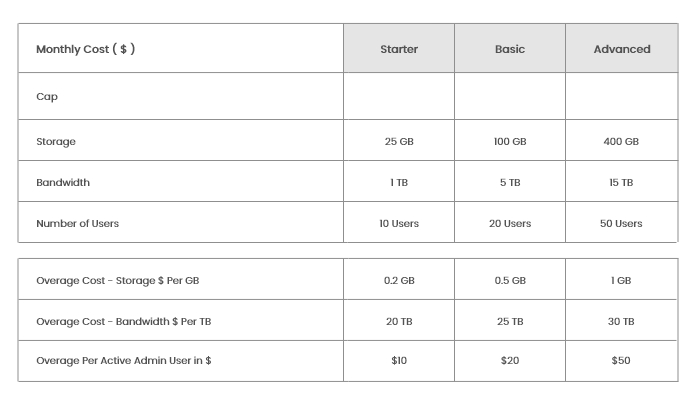



Rise of Visual Search: How to Optimize Your Website
To reap the benefits of visual search, you must first grasp how it works and how to prepare your website for it...
Visual search has evolved as a significant tool in recent years, altering the way consumers discover information and items online. Users may now execute searches by just uploading or snapping a photo, thanks to the advent of platforms such as Pinterest, Google Lens, and Bing Visual Search. This innovative technology provides new chances for organizations to enhance their websites and capitalize on the power of visual discovery.
To reap the benefits of visual search, you must first grasp how it works and how to prepare your website for it. The first step is to make sure your photographs are of excellent quality, aesthetically appealing and relevant to your intended audience. Images that are clear, well-lit, and correctly styled not only improve user experience but also boost the likelihood of your material being revealed in visual search results.
Next, try using structured data markup, such as schema.org, to convey extra information about your photographs to search engines. This markup assists search engines in comprehending the context, objects, and things shown in your graphics, making it easier for them to match relevant photos to user searches.
Optimizing your picture filenames, alt tags, and captions is another key component of optimizing for visual search. Provide descriptive keywords that appropriately depict the image's content to boost its presence in visual search results. Furthermore, supplying alt text for each picture promotes accessibility for visually impaired people and aids search engines in understanding the context of the image.
Additionally, optimizing your website's loading speed is critical, since slow-loading pages can lead to a poor user experience and discourage visual search engagement. Some efficient approaches to optimize your website's loading speed include compressing and optimizing pictures without compromising quality, utilizing caching techniques, and reducing superfluous scripts and plugins.
Adding visually interesting content types such as infographics, videos, and interactive photos may further improve the visual appeal of your website and raise its chances of being discovered via visual search. These formats not only attract visitors but also inspire them to spend more time on your site, enhancing engagement metrics and perhaps increasing search rankings.
Finally, aggressively advertising your visual content across several platforms and channels may help it gain attention and reach. Post aesthetically attractive photographs on social media, work with influencers or relevant websites for backlinks and mentions, and promote user-generated content featuring your business.
The development of visual search offers businesses a tremendous chance to enhance their websites and capitalize on the expanding trend of visual discovery. You may boost your chances of showing in visual search results, attract more quality traffic, and ultimately generate conversions and revenue for your organization by using these optimization tactics. Get ahead of the curve by leveraging the power of visual search to expand the scope of your online presence. While you handle all of the non-technical aspects of SEO for Enterprise sites.
Hocalwire CMS handles the technical aspects of maintaining a large sitemap, indexing pages for Google, optimizing page load times, maintaining assets and file systems, and warning for broken links and pages. These are significant value additions if you're looking for an enterprise-grade content management system. To learn more, Get a Free Demo of Hocalwire CMS.

